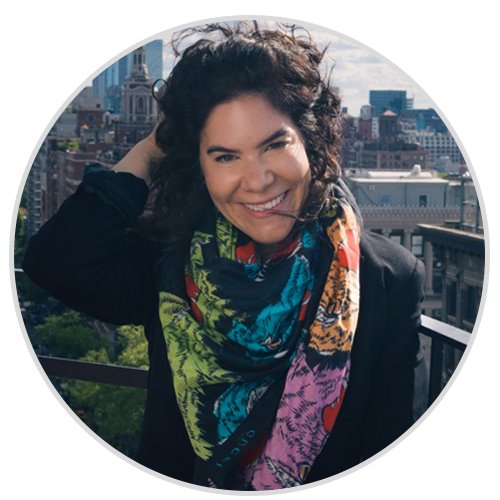CASE STUDY: MAYA MOBILE APP
Overview
GOAL
To build a mobile application for the Department of Psychiatry so that they can administer a research study with recruited patients on the effectiveness of a self-managed anti-anxiety therapy via an iOS mobile platform.
CHALLENGES
A mobile app of this size had not been attempted previously for a clinical use. This required a lot of R&D on both security, HIPAA and for a user that had a known cognitive ailment. The space for such apps was saturated and we also wanted to see what could be learned from those apps in developing a more complete solution.
AUDIENCE RESEARCH
The research stage was extremely important for this project because we had very little information on what are the most preferable features in anxiety and depression-related apps. We couldn’t change the therapy itself but we needed to understand how to convert the therapy digitally and make it interesting for young people so they can stay engaged even after they finish their therapy.
Competitive Analysis:
Objectives for competitive analysis:
Identify products offered by competitors
Analyze features in competitors apps
Gather user feedback on competitor apps
Consider integrating some of the competitors’ features into our product
Popular apps targeted for users with stress and anxiety:
Headspace
Calm
Way of Life
Feature Catalog
Transparency of time: a user will see how long it will take to complete a task, to watch a video etc.
Mood tracker/exposures: an app will allow you to track your emotional state and record it so you can analyze it later.
Overall user progress: a user will also understand how long it will take to complete a task, a session, a week of therapy.
Personalization/Goal settings: the experience will be tailored to a specific user’s goal and each user will have a unique experience depending on their needs
Misc. educational features: a user will have access to continued education, video and audio recordings.
USER FLOWS
The user flow was documented via several ideation sessions. This, balanced with the business requirements, allowed us to build a series of functional requirements that would allow us to move into prototyping.
IDEATION
At this stage, we had the content of each week from our stakeholders and we went through series internal whiteboarding sessions. Our goal was to transfer real-world experiences of patient-doctors to a digital experience app (that represents the doctor) – the patient.
PROTOTYPING | Usability Testing
We wanted to know if our users understand how to use and navigate within the app, especially main menu
I met with prospective users of the app — early young adults, ages 18-22, and ran them through a low fidelity prototype that I designed and linked via InVision.
I identified areas of confusion and presented to the team for review.
FINAL DESIGN SAMPLES
PUBLICITY | SUCCESS
• The Maya app was introduced at the First-Ever National Conference on Medical Students Mental Health: "One of the innovations presented on the first day was the work of Dr. Francis S. Lee, chair of the Department of Psychiatry at Weill Cornell Medicine and psychiatrist-in-chief at NewYork-Presbyterian/Weill Cornell Medical Center, who demonstrated his digital cognitive behavioral therapy (CBT) app designed to help teens and young adults learn behavioral skills to address their anxiety and depression"
• Link to the article: https://news.weill.cornell.edu/news/2019/09/weill-cornell-medicine-hosts-first-ever-national-conference-on-medical-student-mental
• The Maya app was featured on the PBS Special on 9/25/2019 by New York-Presbyterian's Youth Anxiety Center Program Director Dr. Avital Falk, Ph.D






